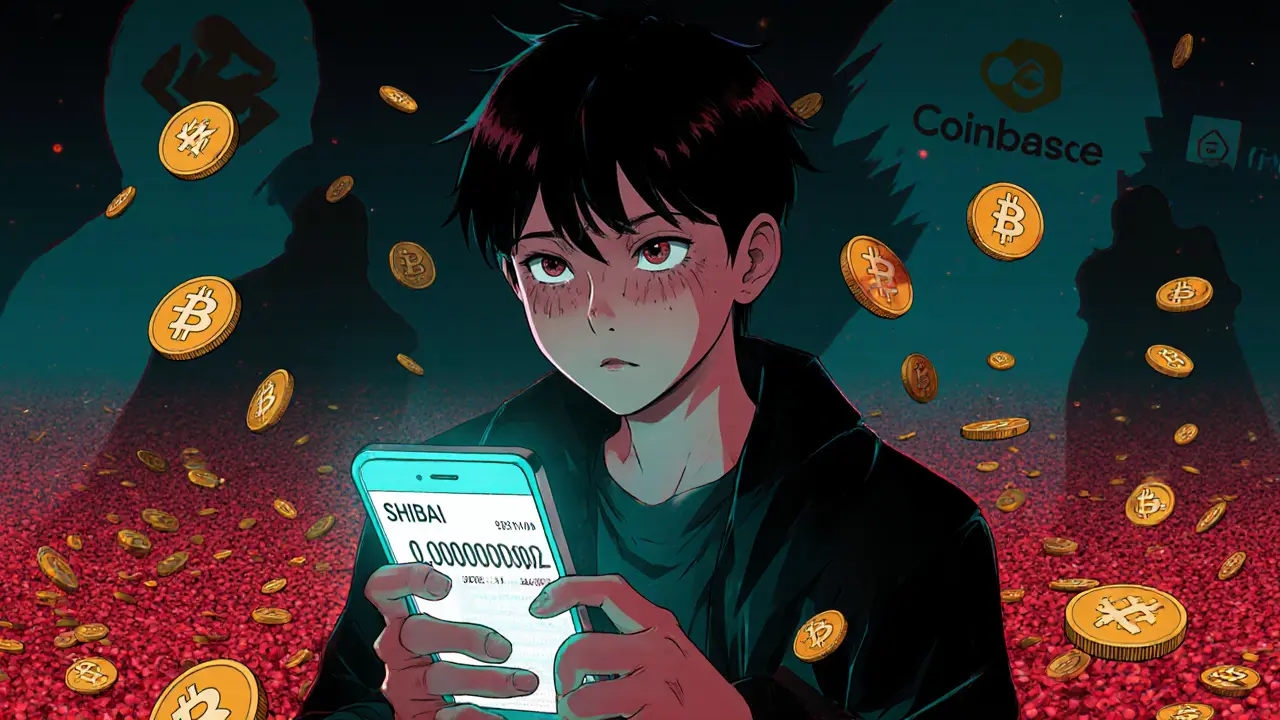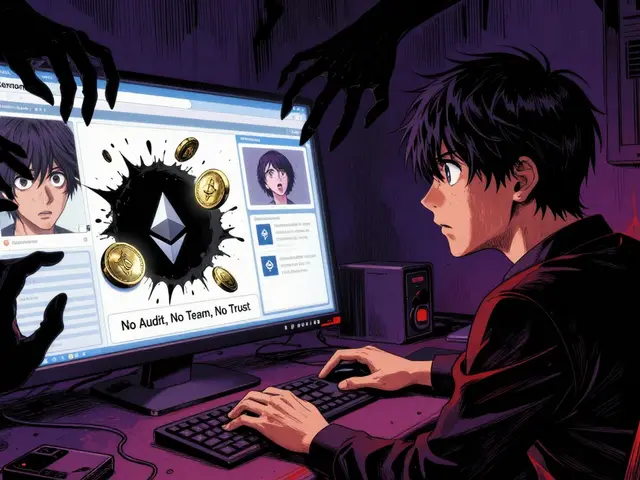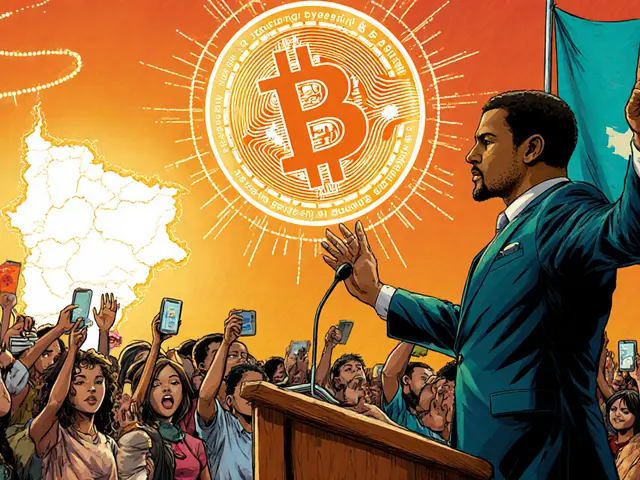Low Value Crypto: What It Is, Why It Exists, and What to Watch For
When you see a crypto token trading for pennies, it’s easy to think you’ve found the next big thing. But low value crypto, a cryptocurrency with minimal market capitalization and often negligible trading volume. Also known as low market cap crypto, it’s not inherently bad—but it’s rarely what it seems. Most of these tokens have no real use, no team, no codebase you can verify, and no community backing them. They exist because someone created them, listed them on a sketchy exchange, and pumped them with fake volume. The price is low not because it’s undervalued, but because no one truly wants it.
Some memecoins, crypto tokens built on hype, humor, or social media trends rather than technology or utility. Also known as shitcoins, it fits this category perfectly. Take BananaRepublic (BRP), a token with no circulating supply, no whitepaper, and zero verifiable blockchain activity—it’s listed on exchanges, but it’s just a digital ghost. Others, like WOMBAT, a token tied to a gaming platform that actually works but still trades at a fraction of a cent due to oversupply and low demand, have real use cases but are priced so low because their tokenomics are designed to flood the market. The difference? One is a scam. The other is a gamble with a working product.
Why do these tokens even exist? Because crypto is open. Anyone can deploy a token on a blockchain in minutes. No one needs permission. That’s freedom—but it’s also chaos. You’ll find crypto scams, projects built to steal funds with no intention of delivering value. Also known as rug pulls, it hiding behind fake websites, fake team photos, and fake Twitter bots. Then there are the projects that are just poorly designed—too many tokens minted, no burning mechanism, no incentives to hold. These aren’t scams, but they’re still not investments.
Some people chase low value crypto because they think $100 can buy them 10 million tokens—and that’s a $10 million payday waiting to happen. But here’s the truth: a token priced at $0.0001 isn’t cheaper than one at $10. It’s just more diluted. If a token’s value goes up 100x, you still only make 100x your money. The math doesn’t care how many zeros are after the decimal point.
What separates the noise from the rare signal? Look for active development, real utility, and a clear reason why the token exists. Does it power a platform people actually use? Is there a team you can find on LinkedIn? Is the contract audited? If the answer is no, you’re not investing—you’re playing roulette with your crypto.
Below, you’ll find real examples of low value crypto projects—some that vanished, some that barely survived, and one or two that might actually be worth your attention. No fluff. No hype. Just what’s real, what’s risky, and what you should avoid.
AiShiba (SHIBAI) is a meme coin with a quadrillion-token supply and a price under a trillionth of a cent. No team, no utility, no real trading - just high risk and zero future. Here's why you should avoid it.
Read More





